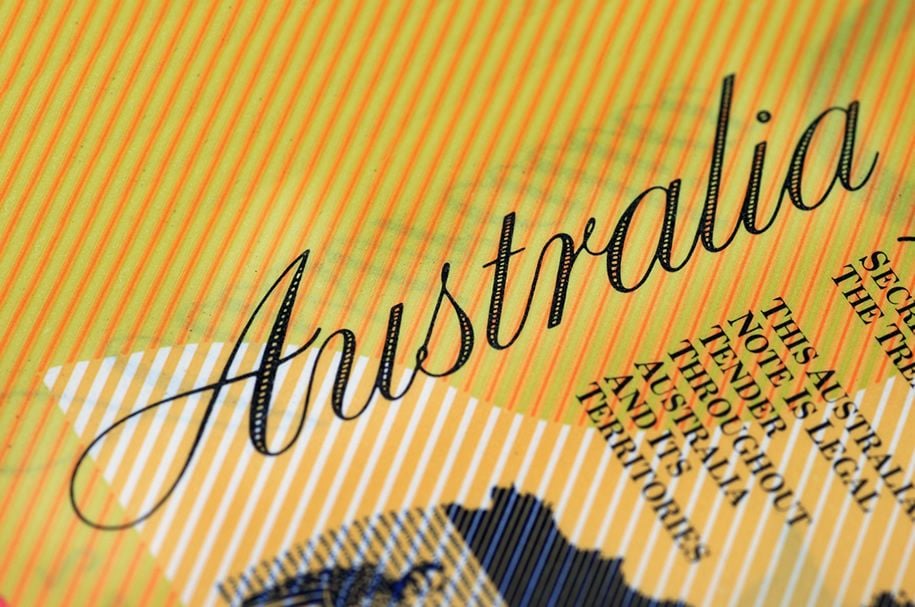Australian Dollar in U-Turn, Gives Back Early Gains as Citi Cut Iron Ore Price Forecasts

The Australian Dollar was unable to hold onto early gains against the majors on Monday morning after intial strength faded due to a lack of confidence in future commodity prices.
The early gains had coincided with rising iron ore prices and positive commentary from central bank Governor Lowe, who was talking at a Forum on leadership.
But initial gains were given up and the Pound eventually pushed a half of a cent higher versus the Aussie at midday.
The Pound to Australian Dollar exchange rate rose to day’s highs of 1.6867.
Iron Ore Futures on the Dalian Exchange ticked higher in early trading, rising to $63.00 per tonne from a seven-month low of $60.80 last week.
Iron ore is Australia’s largest export so when prices rise it impacts on demand for the Australian Dollar – likewise, when it falls so does demand for the currency.
The rally in iron ore prices is not expected to last, however, something that could well undermine the longer-term prospects of the Aussie Dollar.
According to analysts at Citibank, iron ore could fall to a low of $45.00 per tonne eventually, due to a supply glut.
Analysts at Citi see further downside risks, saying they expect more than 100 million tonnes in iron ore surplus this year, on top of over 60 million tonnes in surplus in 2016, citing expansion projects by top miner Vale in Brazil and the Roy Hill mine in Australia.
"The AUD framework is still bearish but the USD side of the pair has become more volatile. Australian banks are still to be hurt by the weakness in the housing market and the bank levy. Additionally, iron ore prices ave remained weak. We will look for opportunities to sell the AUD again," says Hans Redeker, head of global FX strategy at Morgan Stanley.
Economy Holding Up Well
The Australian Dollar started the week on a firm footing thanks to positive commentary from Reserve Bank of Australia (RBA) governor Philip Lowe, who was talking at the Crawford Australian Leadership Forum.
Lowe was broadly positive about the economy apart from the lack of wage growth, high levels of debt and the housing market bubble.
Lowe said the domestic economy was likely to grow bit faster than anticipated over the next couple of years.
Jobs growth had strengthened although wages remained low, with average growth in per capita income likely to be lower over coming years
Business surveys had improved noticeably.
Lowe also said the Global economy was stronger, with a broad based pickup
The economy’s headwinds included slow wage growth, higher debt levels and high housing prices.
‘Soft landing’ for Housing and Mortgage Markets
Commentary highlighting Australia’s wide-ranging plans to put in place safeguards for a ‘soft-landing’ of the overpriced, overstretched housing and mortgage market have also been noted by analysts, most recently Citibank’s Securitization team.
This seemed to back up Lowe's positive assertions about the economy and may defend the Aussie from falling too low:
“Recent data from Australia, both macro (GDP growth, unemployment decline, inflation stabilisation) and micro in housing and mortgage markets (inventory build up, delinquencies, regional discrepancies), is coming better than expected at the beginning of the year.
“A concerted joint effort of public and private sector is underway to engineer in the near-term a soft landing of the country's housing and mortgage markets. The new infrastructure plan on a national level and the infrastructure projects on state level can also help in the medium to long term.”





